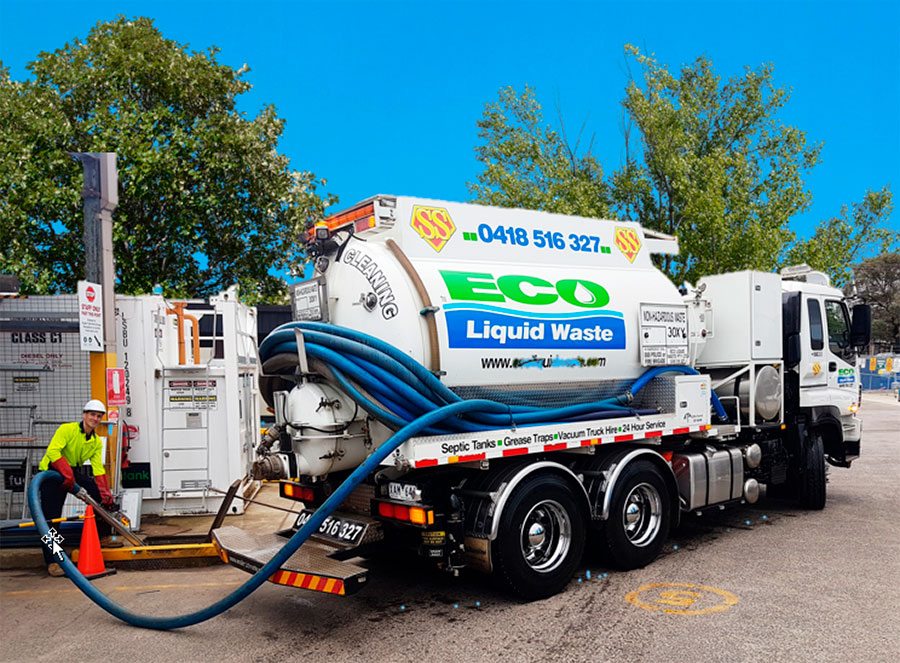The 8-Minute Rule for Reclaim Waste
Table of ContentsSome Of Reclaim WasteNot known Factual Statements About Reclaim Waste Little Known Facts About Reclaim Waste.Everything about Reclaim WasteReclaim Waste Fundamentals Explained
Domestic sewer waste refers to the waste and products from a residential septic container. The proper management and disposal of residential sewer waste call for fluid waste to be transferred to a sewage therapy plant where the correct approaches and equipment are used to detoxify and dispose of waste.
Commercial waste often includes prospective dangers, such as combustible products or a mixture of fluid and strong waste products, and needs an advanced and comprehensive disposal procedure. The disposal of commercial waste generally includes the filtering of waste prior to transport to make sure safe and appropriate disposal. Industrial waste is created from byproducts and runoff of commercial procedures and production.
This type of waste can not utilize the exact same sewage administration transport or procedures as septic or commercial fluids. The industrial waste monitoring process needs the assessment and screening of fluid waste before it undertakes the disposal process (liquid waste removal). Drainage waste is the fluid waste that comes from runoff and excess stormwater in highly populated areas or cities
Runoff waste can trigger contamination and flooding if not taken care of effectively. Ensuring correct waste monitoring can stop calamities and lower environmental harm.
Excitement About Reclaim Waste
Call PROS Solutions today to learn more about our waste management and disposal services and the appropriate means to care for the fluid waste you create.
(https://www.ted.com/profiles/48198485/about)Do you understand what occurs to your water when you end, purge the commode or drain the washing device? No? Well, it deserves knowing. This supposed 'wastewater' is not only a crucial source yet, after therapy, will certainly be released to our land, rivers or the ocean. Utilized water from bathrooms, showers, baths, kitchen area sinks, washings and commercial procedures is referred to as wastewater.

water made use of to cool equipment or clean plant and devices). Stormwater, a form of wastewater, is drainage that streams from agricultural and metropolitan locations such as roofing systems, parks, yards, roadways, paths and rain gutters into stormwater drains pipes, after rain. Stormwater moves unattended directly to local creeks or rivers, at some point reaching the sea.
Some Known Facts About Reclaim Waste.
In Queensland, many wastewater is dealt with at sewage treatment plants. Wastewater is transferred from domestic or commercial websites via a system of drains and pump terminals, recognized as sewage reticulation, to a sewer therapy plant.
The Division of Natural Resources suggests regional governments concerning handling, operating and preserving sewage systems and treatment plants. In unsewered locations, city governments may require householders to set up private or family sewage therapy systems to treat domestic wastewater from toilets, cooking areas, bathrooms and laundries. The Division of Natural Resources authorises making use of household systems when they are proven to be reliable.
A lot of stormwater obtains no treatment. In some new subdivisions, treatment of some stormwater to eliminate trash, sand and crushed rock has started utilizing gross contaminant catches. Wastewater treatment happens in four stages: Eliminates solid matter. Bigger solids, such as plastics and various other objects mistakenly released to sewage systems, are gotten rid of when wastewater is gone through screens.
Wastewater after that moves right into big storage tanks where solids clear up and are eliminated as sludge. Oil and residue are skimmed from the surface. Utilizes little living microorganisms understands as micro-organisms to damage down and get rid of continuing to be liquified wastes and great particles. Micro-organisms and wastes are incorporated in the sludge. Removes nitrogen and phosphorus nutrients that could cause algal blooms in our waterways and intimidate water life.
10 Simple Techniques For Reclaim Waste
Nutrient removal is not readily available whatsoever sewage treatment plants because it calls for costly specialised equipment. It is coming to be more common in Queensland. Clear liquid effluent generated after treatment may still contain disease-causing micro-organisms. If this effluent is launched right into rivers such as rivers or the sea, the micro-organisms will at some point die out.

This usually means wastewater has to be dealt with or pollutants gotten rid of prior to it can be released to rivers. Many wastewater streams right into the sewerage system. Under the Act, neighborhood federal governments provide authorizations and permits for eco appropriate activities (ERAs) entailing wastewater launches that may have a local influence. The division administers authorizations and licences to Ages entailing wastewater releases that may have a regional or statewide influence.
10 Easy Facts About Reclaim Waste Shown
Tracking offers factual information regarding water high quality and can verify that licence conditions are being met. The info acquired with tracking provides the basis for making my explanation water high quality choices.